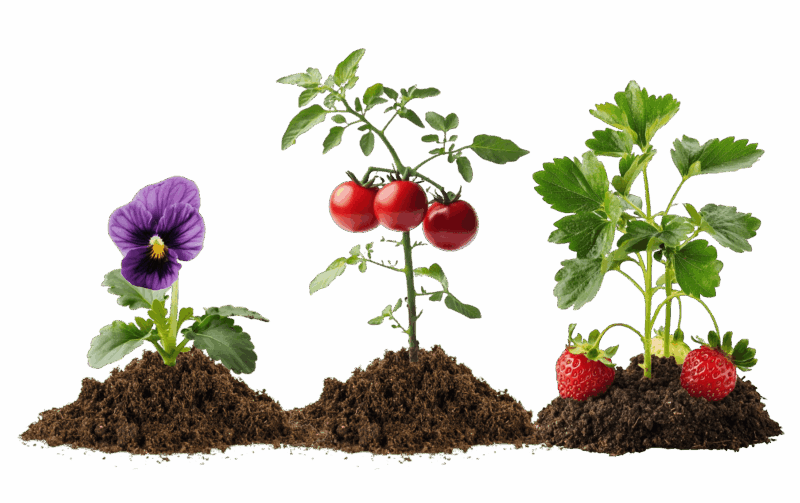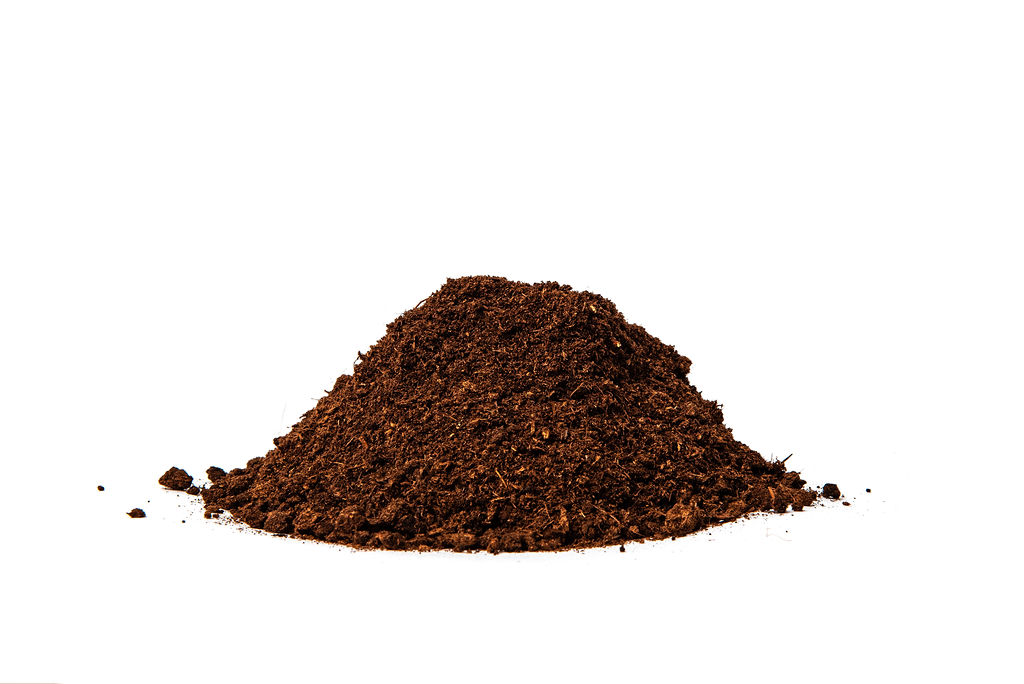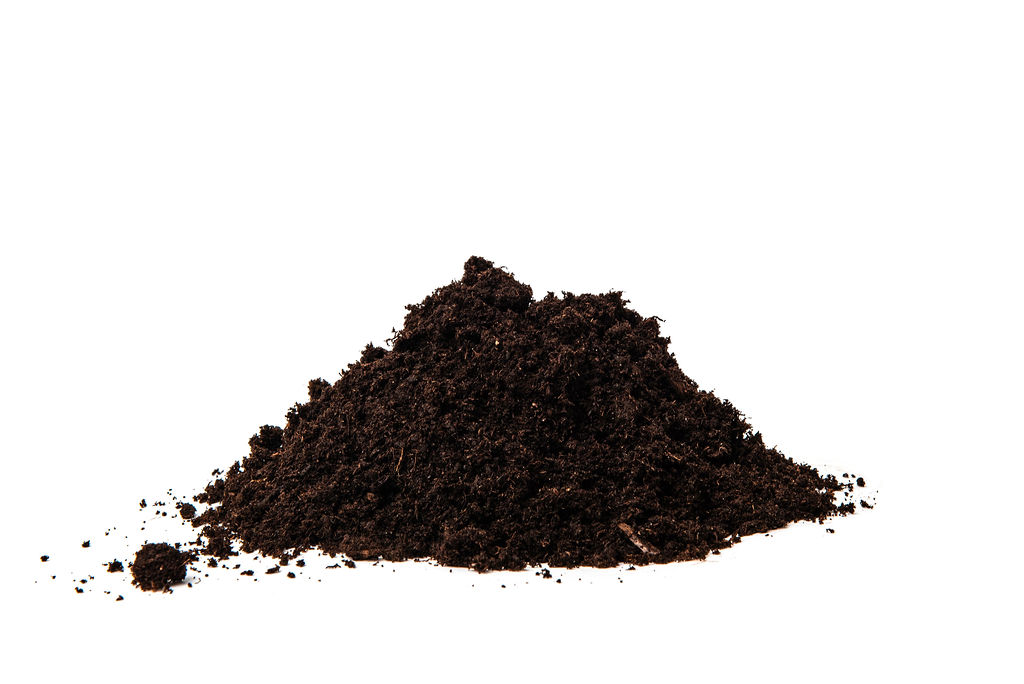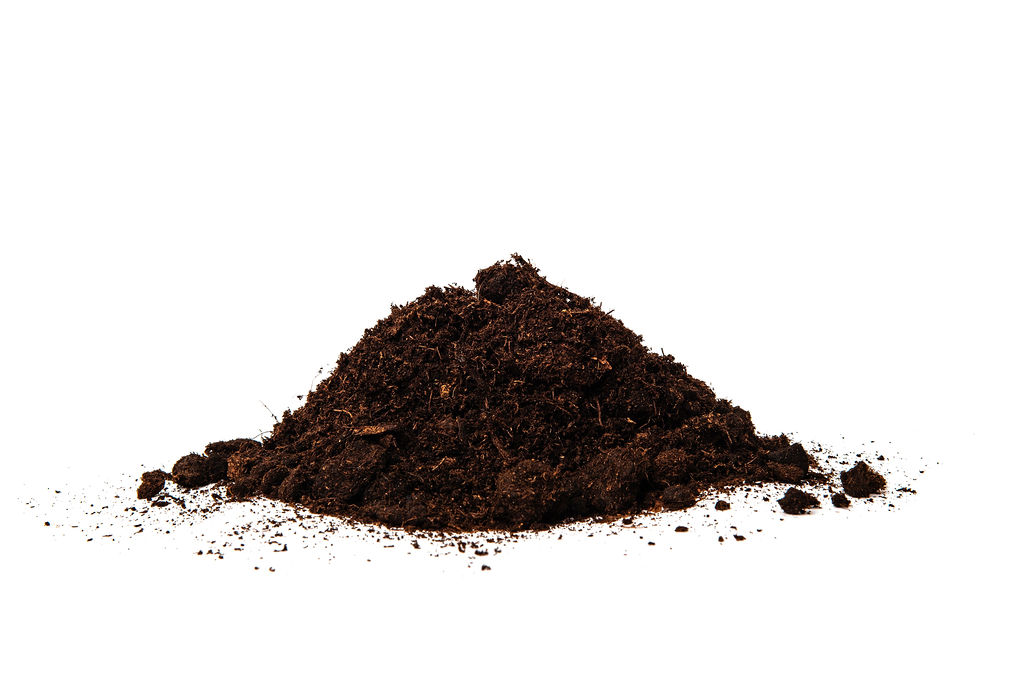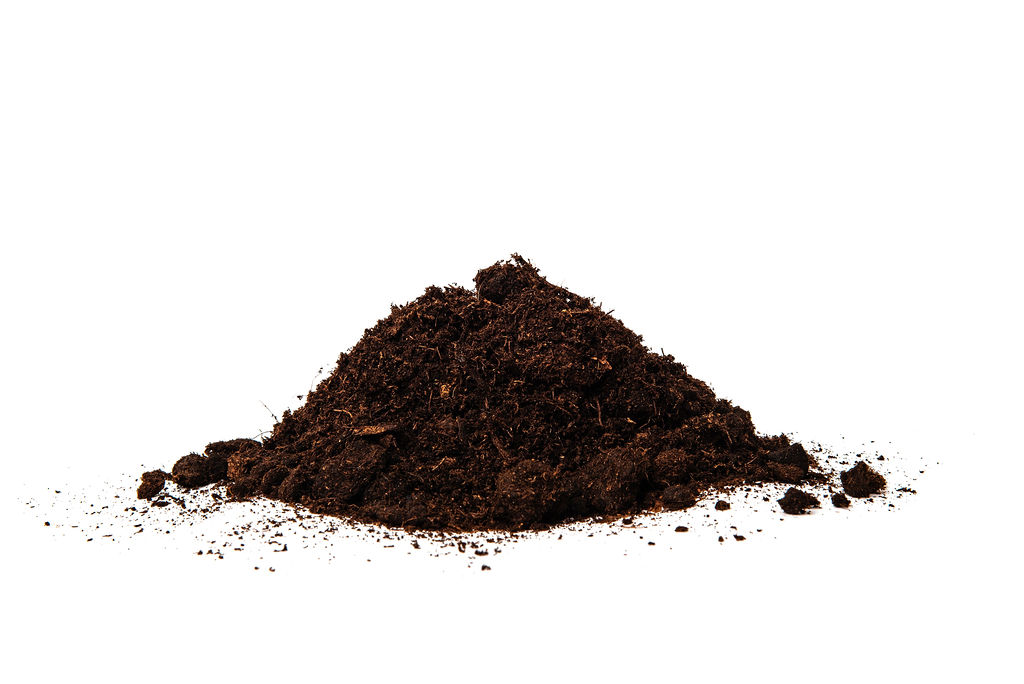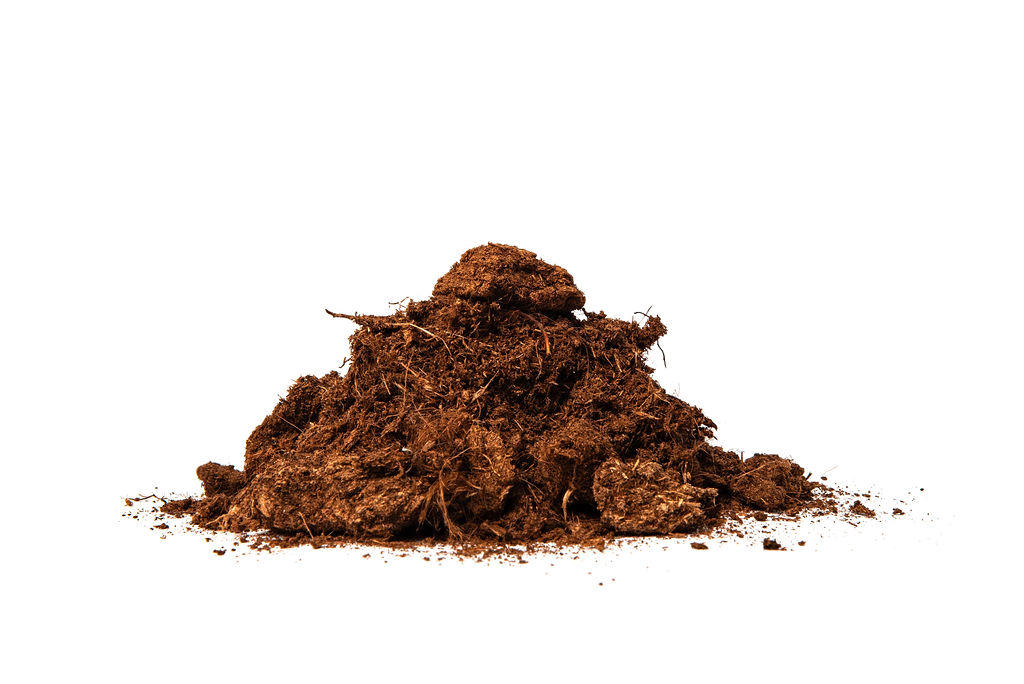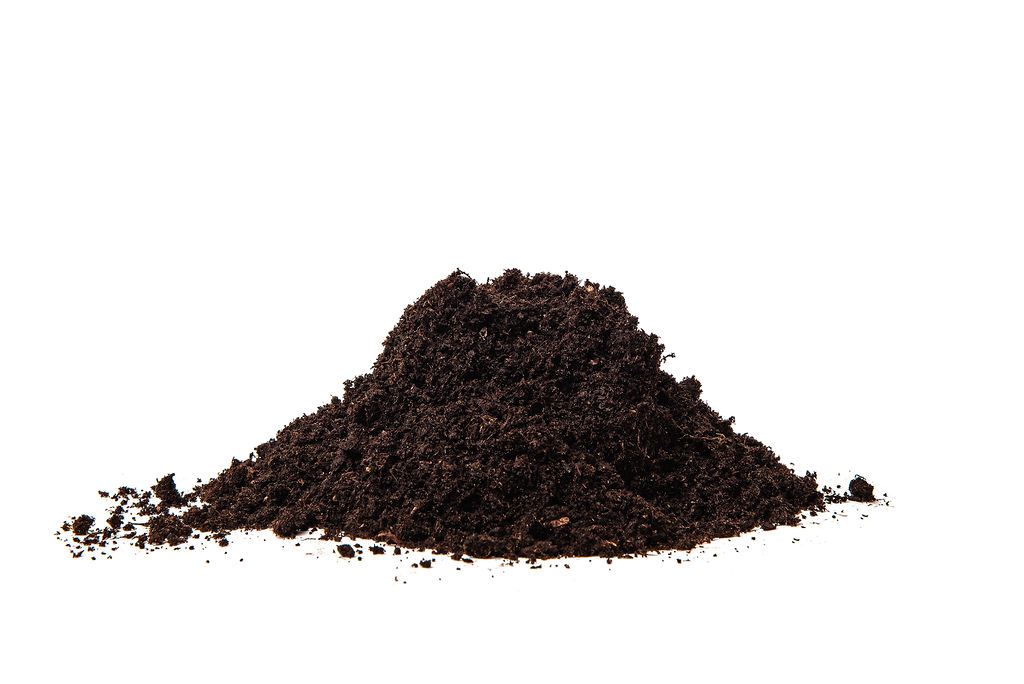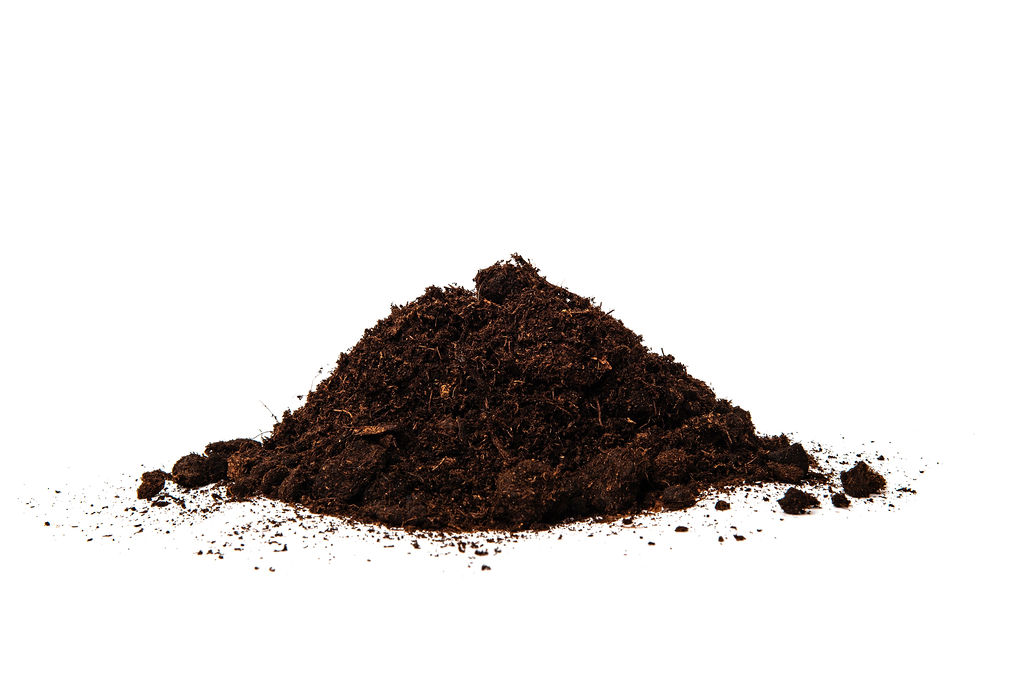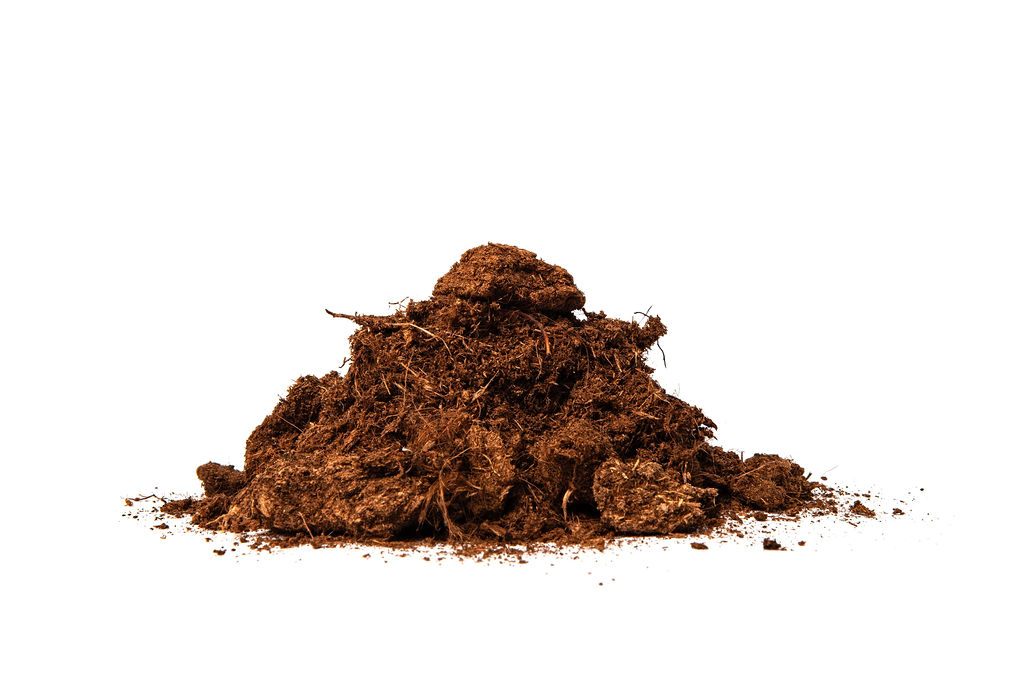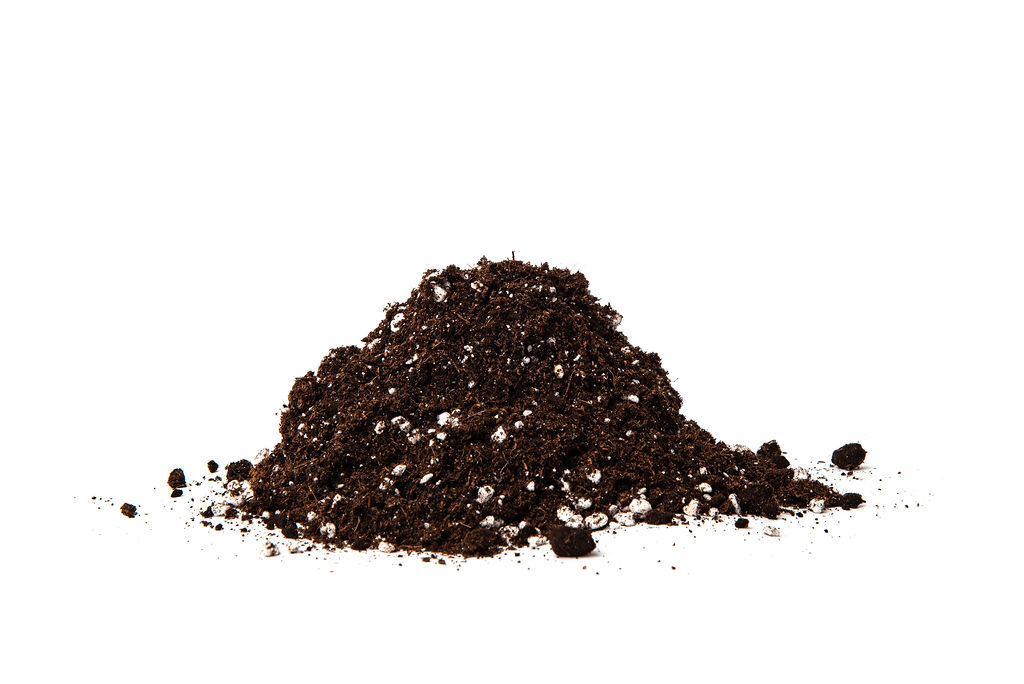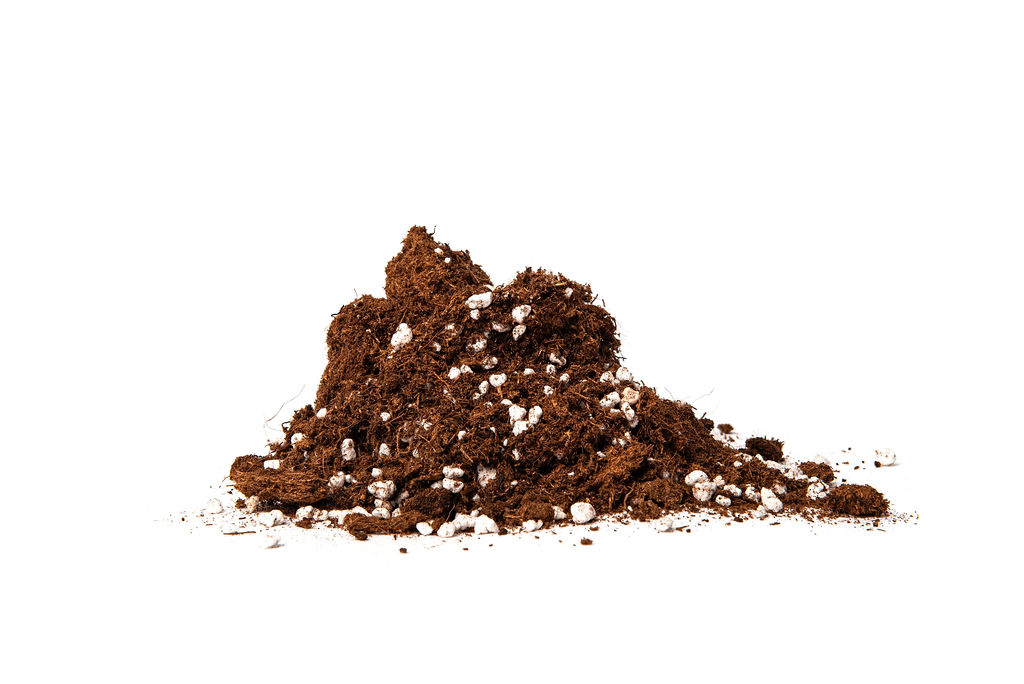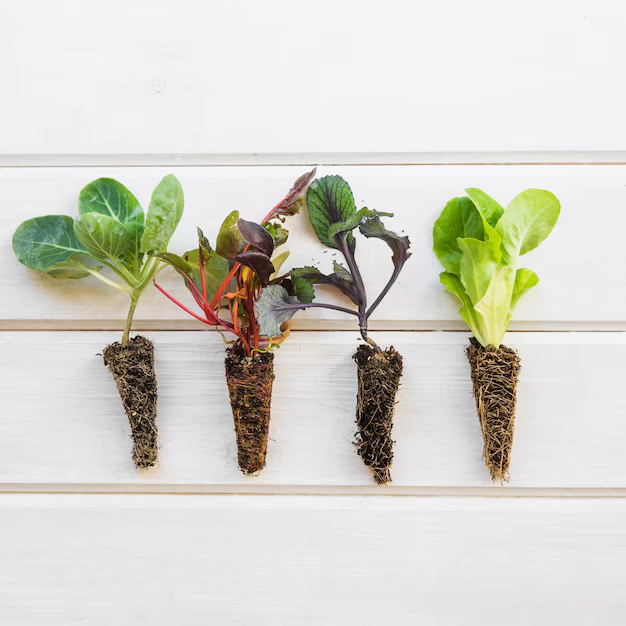
What Is a Universal Substrate?
A universal or hobby substrate is a versatile growing medium designed to support plants at every stage of their life cycle. From seed germination to mature plant care, this all-purpose substrate offers a consistent environment that simplifies the growing process. It combines essential elements like moisture retention, aeration, and nutrient delivery in one formula, making it adaptable to a wide range of plants and growing conditions.
For new gardeners, a universal substrate removes much of the guesswork from gardening. There’s no need to juggle different soil types or worry about adjusting mixtures for various plants. This allows you to focus on the joy of growing rather than worrying about soil composition.
For more experienced hobbyists, the flexibility of this substrate offers the freedom to experiment with different plant varieties, from flowers and herbs to vegetables and ornamentals. It provides consistent, reliable results, helping you achieve success with whatever you choose to grow.
Types of Plants You Can Grow
The versatility of a hobby substrate makes it an excellent choice for a wide range of plant types, including:
Houseplants
Houseplants can be picky when it comes to moisture, airflow, and nutrients. A hobby substrate keeps things balanced by holding onto enough water to hydrate your plants without drowning them. The loose, airy structure also prevents the dreaded root rot that happens when soil gets compacted.
Perfect for common houseplants like:
- Peace lilies
- Snake plants (Sansevieria)
- Pothos
- Philodendrons
- Spider plants
Vegetables
Vegetable gardening requires more than just regular watering—plants need a steady stream of nutrients to produce healthy crops. This substrate not only retains moisture but gradually releases organic nutrients, giving veggies the support they need to yield a great harvest. Cool-weather crops like spinach and lettuce love the consistent moisture, while nutrient-heavy tomatoes and peppers benefit from the slow-release nutrition.
Suitable vegetables include (but not limited to!):
- Tomatoes
- Peppers (bell, jalapeño)
- Lettuce and spinach
- Carrots and radishes
- Beans and peas
3. Flowers
Flowering plants demand a nutrient-rich substrate that supports not only root development but also the production of vibrant, long-lasting blooms. Our universal substrate ensures flowers like marigolds and petunias don’t dry out or get waterlogged, so they stay in bloom longer. It’s also especially handy for hanging baskets or container gardens, where proper drainage is critical.
Popular flowers that can thrive in a universal substrate:
- Marigolds
- Petunias
- Geraniums
- Pansies
- Begonias
4. Herbs
Herbs often need well-drained soil that retains just enough moisture to support steady growth without causing root rot. This hobby substrate meets that requirement by providing the right balance between moisture retention and drainage, making it perfect for growing both indoor and outdoor herbs. The substrate’s nutrient content also supports the steady growth of these culinary plants, helping you cultivate aromatic, flavorful herbs all year long.
Perfect for common culinary herbs like:
- Basil
- Mint
- Thyme
- Rosemary
- Oregano
3 Ways to Use a Hobby Substrate
1. Seed Starting
When starting seeds, success depends on the right balance of moisture, airflow, and light. Fill your seed trays or pots with the hobby substrate, but don’t pack it down—its light, airy texture will encourage proper root development. After sowing your seeds, water gently, just enough to moisten the substrate.
Thanks to its moisture-retaining properties, it will keep your seeds hydrated without drowning them, promoting faster germination. The loose structure also helps seedlings emerge more easily, reducing the risk of damping off, a common issue with overly dense or waterlogged mediums.
Tip: If you’re working with tiny seeds, lightly mist the top layer instead of watering from above to avoid displacing them.
2. Transplanting
Transplanting can be a stressful time for plants, and the right substrate can help reduce transplant shock. Whether you’re moving seedlings to larger containers or transplanting established plants into garden beds, this substrate provides critical support. Its organic nutrients nourish the plants as they adjust to their new surroundings, while the moisture retention helps ease the transition. The loose, well-aerated structure prevents root compaction, encouraging roots to spread and establish themselves quickly.
Tip: After transplanting, water the plants thoroughly to allow the substrate to settle around the roots, but be cautious of overwatering in the first few days.
3. Plant Maintenance
For ongoing plant care, this substrate keeps mature plants happy and healthy by striking the perfect balance between moisture and aeration.
Use it to top-dress your pots and containers to replenish nutrients over time, or for repotting plants that have outgrown their current homes. The slow-release nutrients in the substrate reduce the need for frequent fertilization, giving you peace of mind that your plants are getting what they need. Its excellent drainage also prevents root-bound plants from suffocating or drowning in stagnant water.
Tip: When repotting, loosen the roots gently and surround them with fresh substrate to encourage better nutrient absorption and growth.
